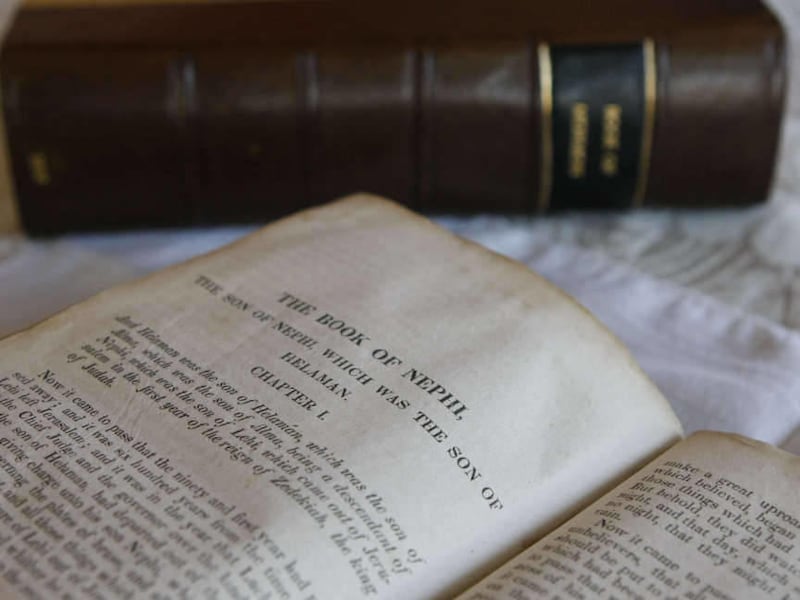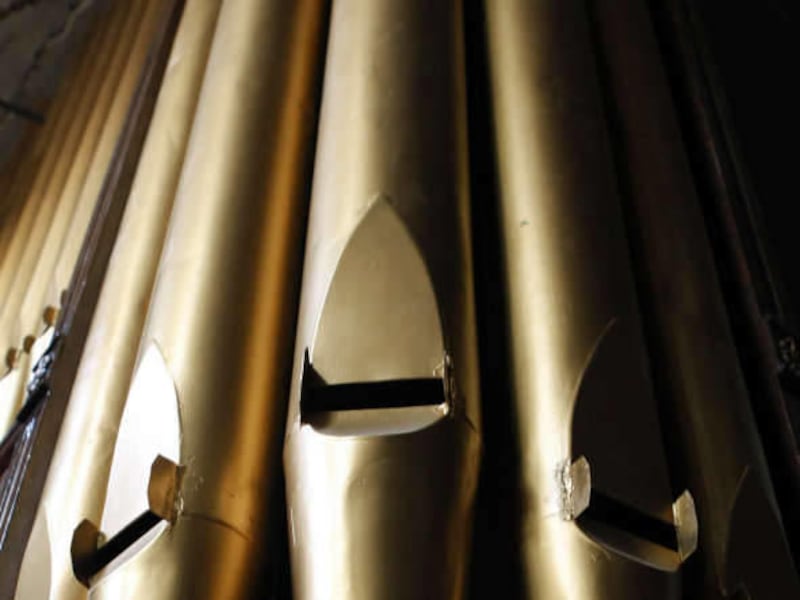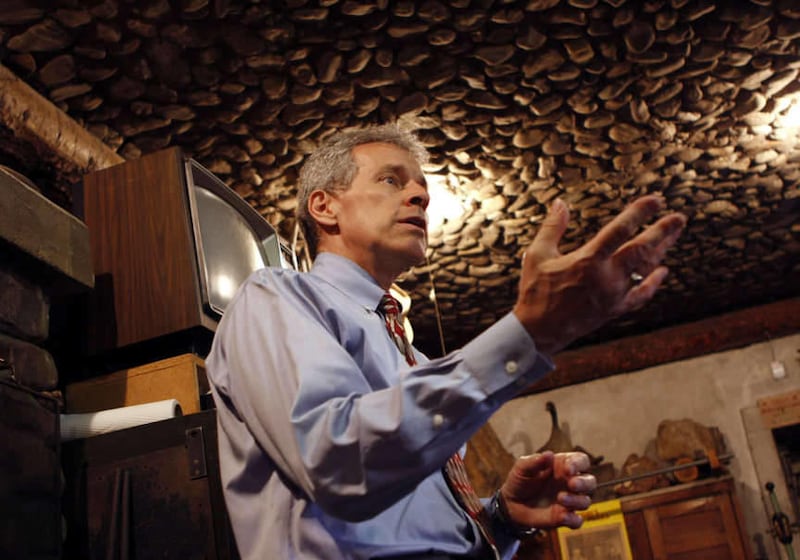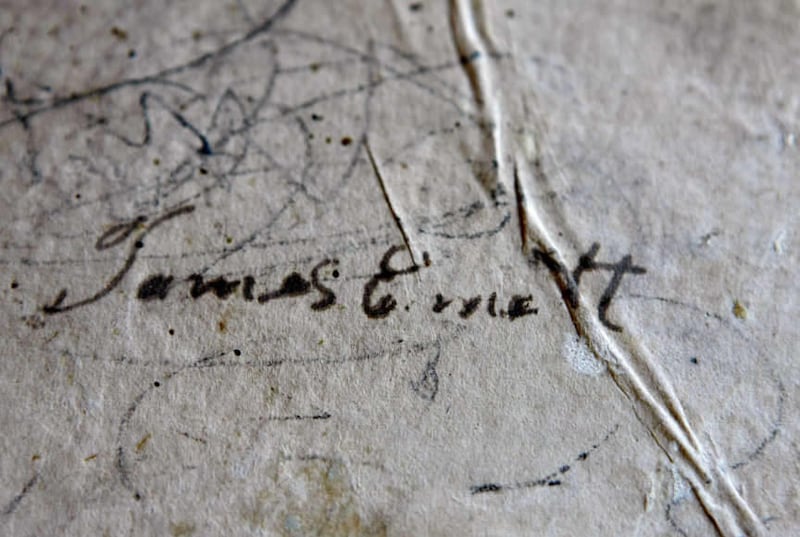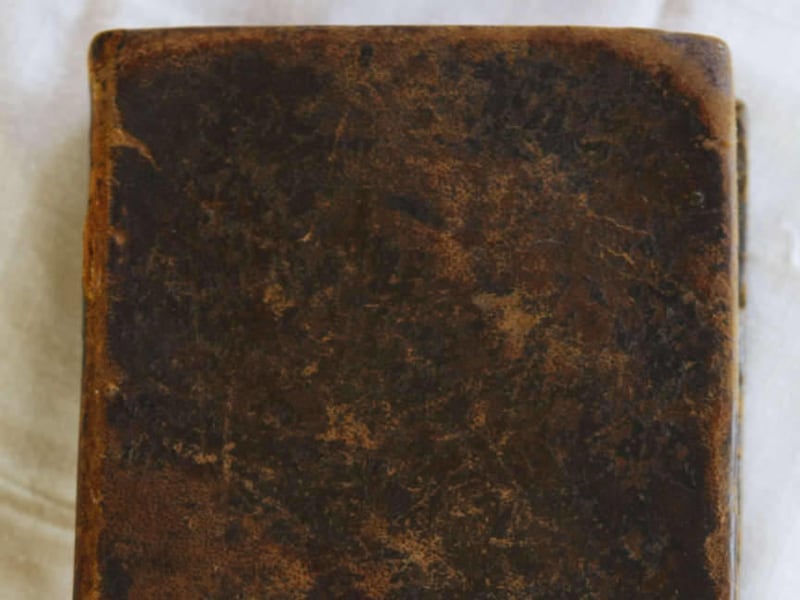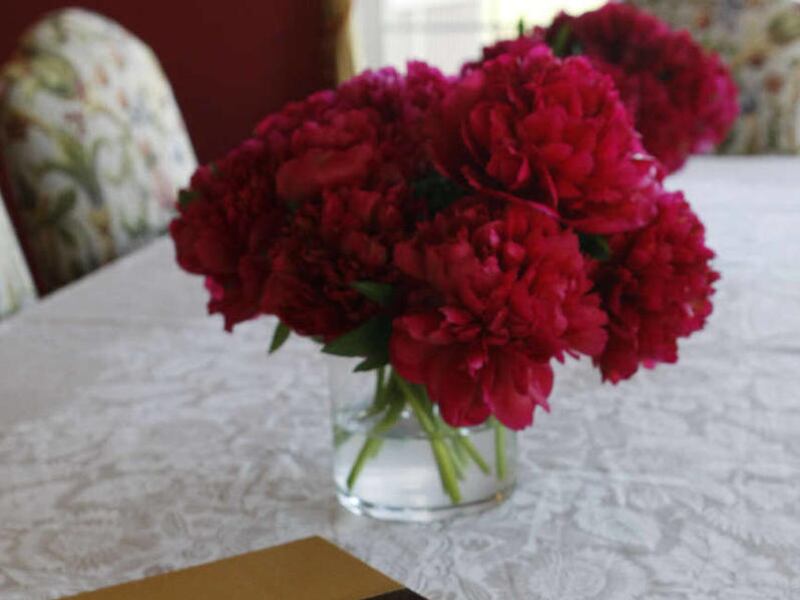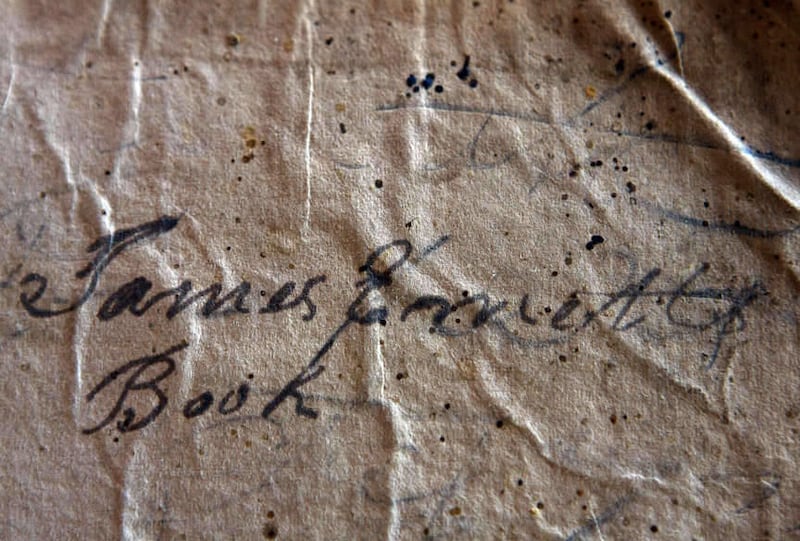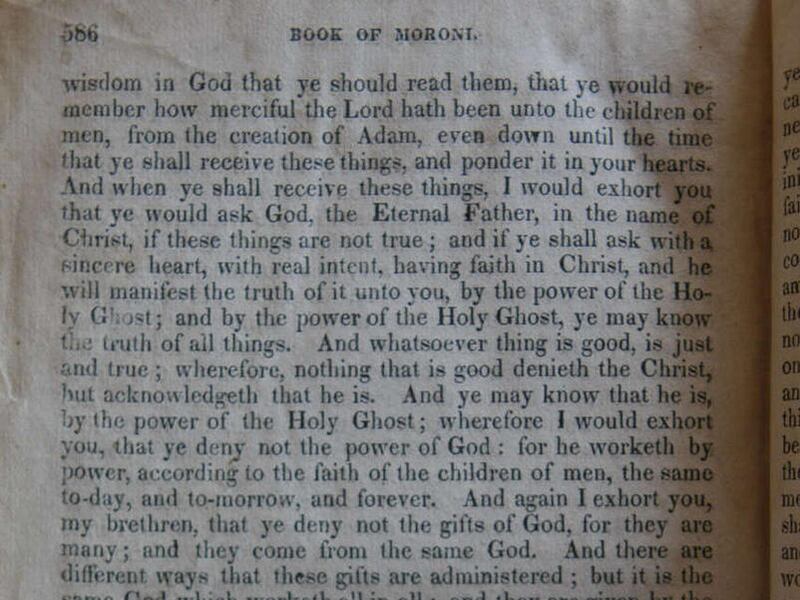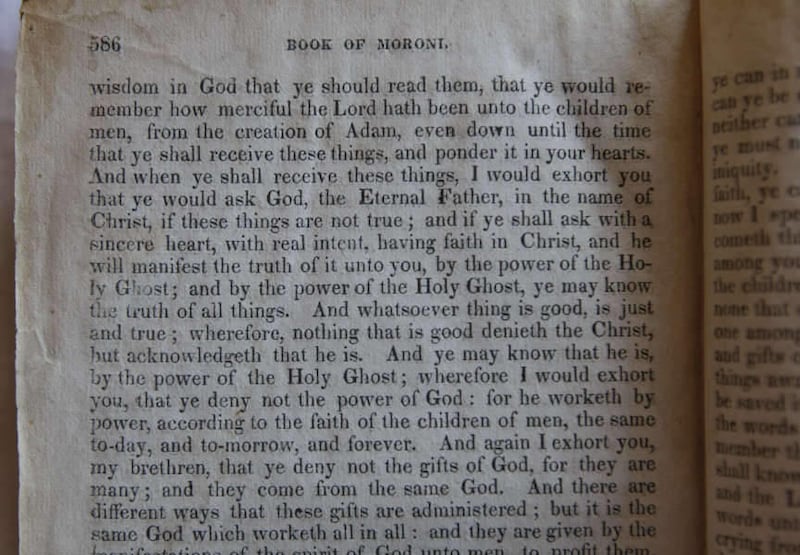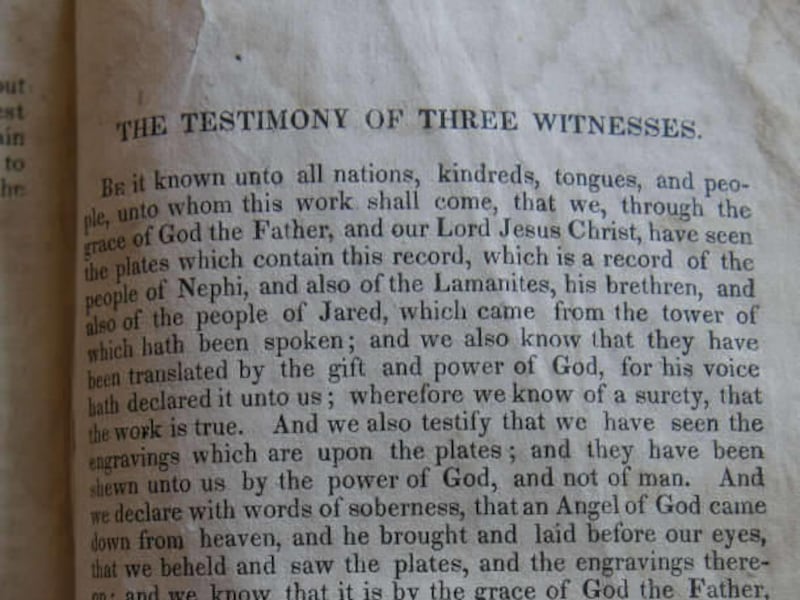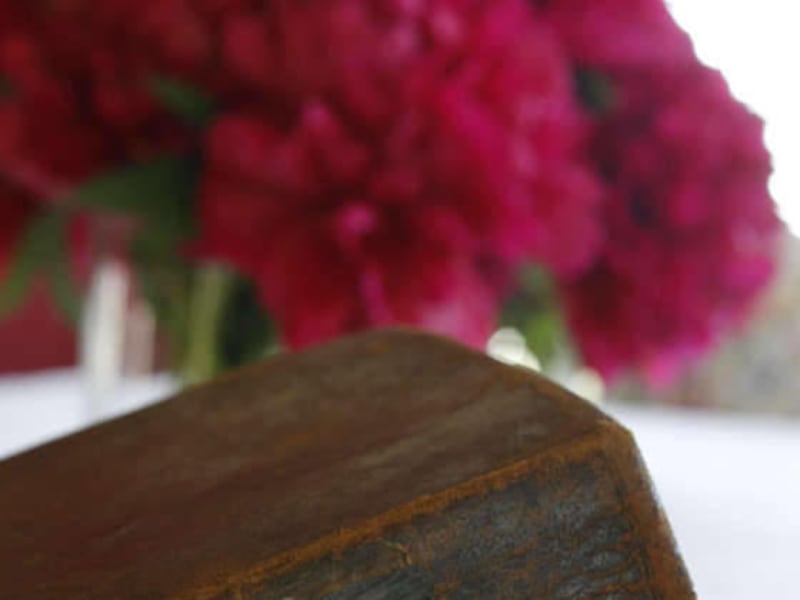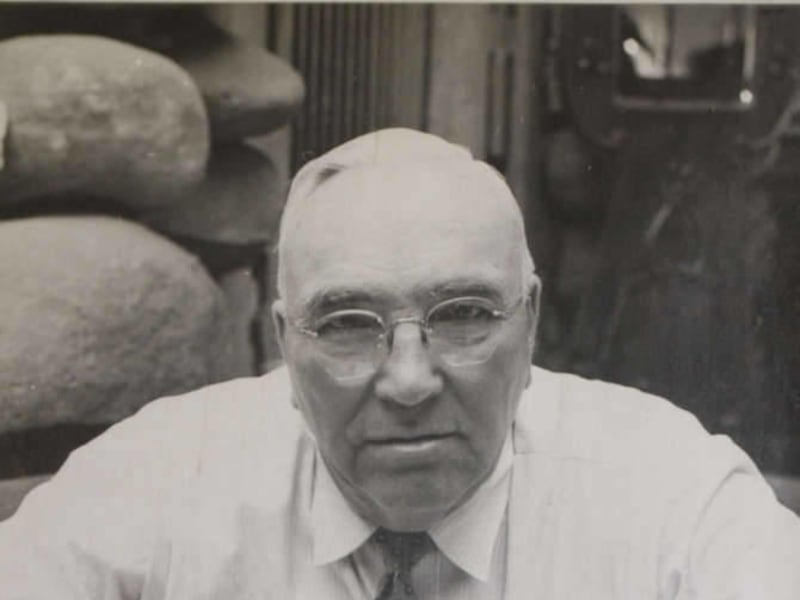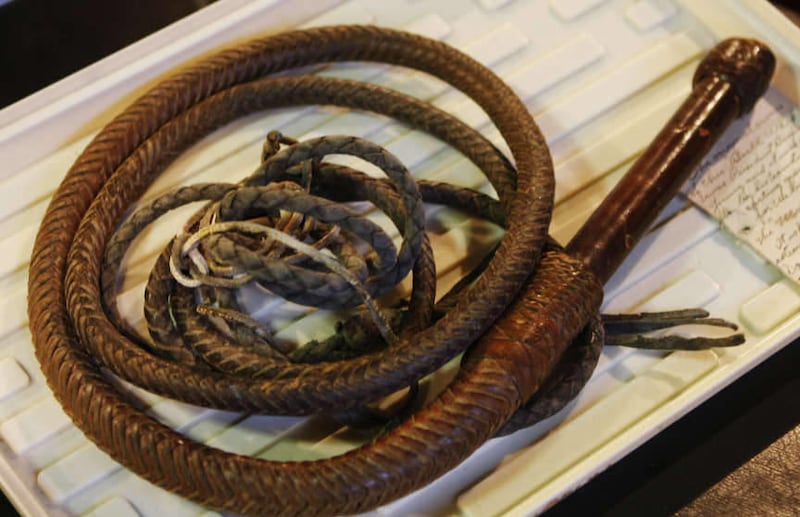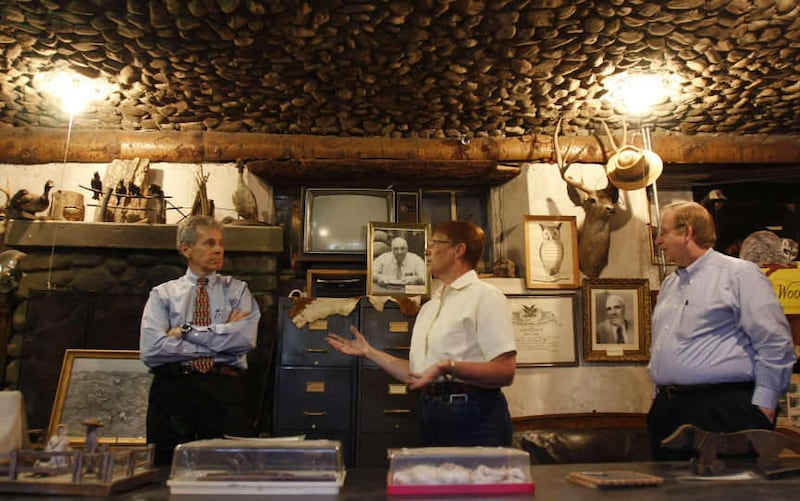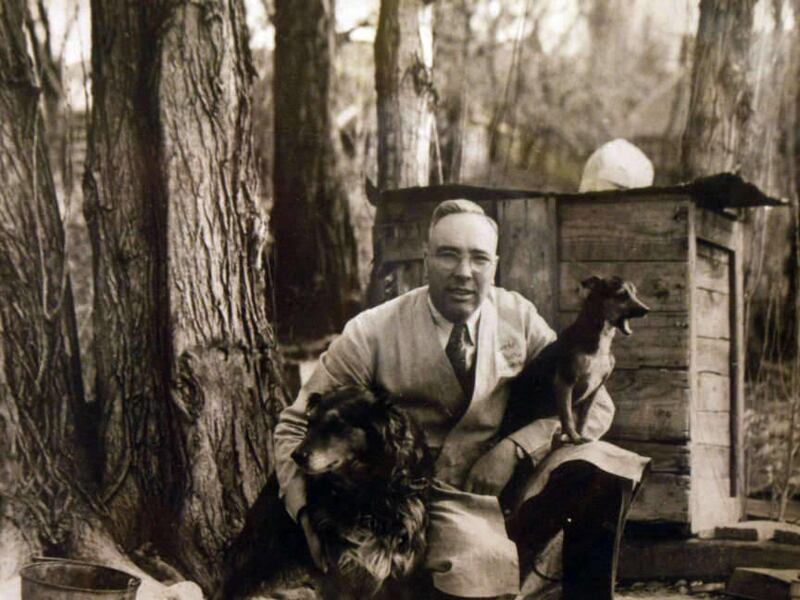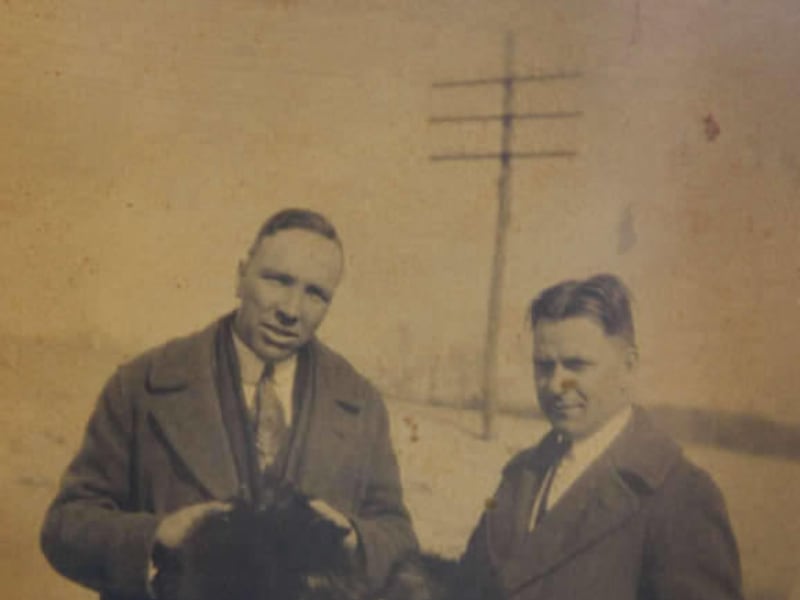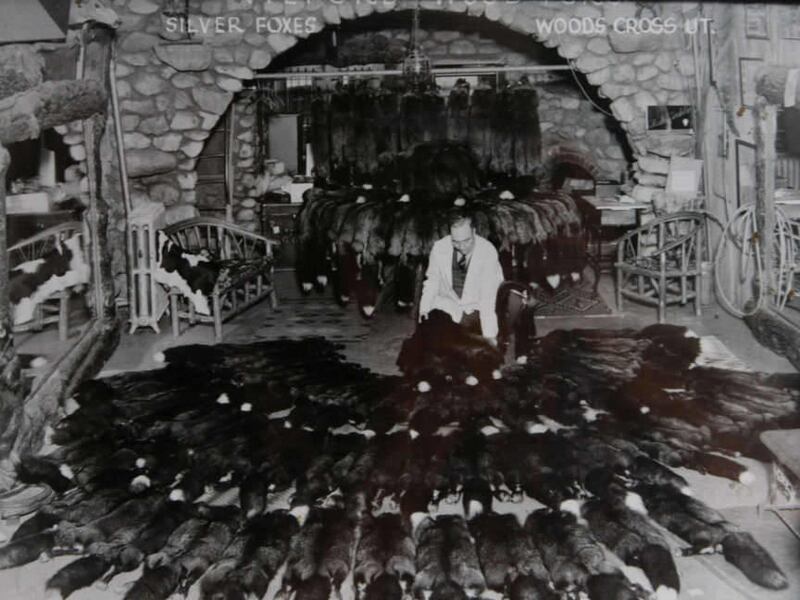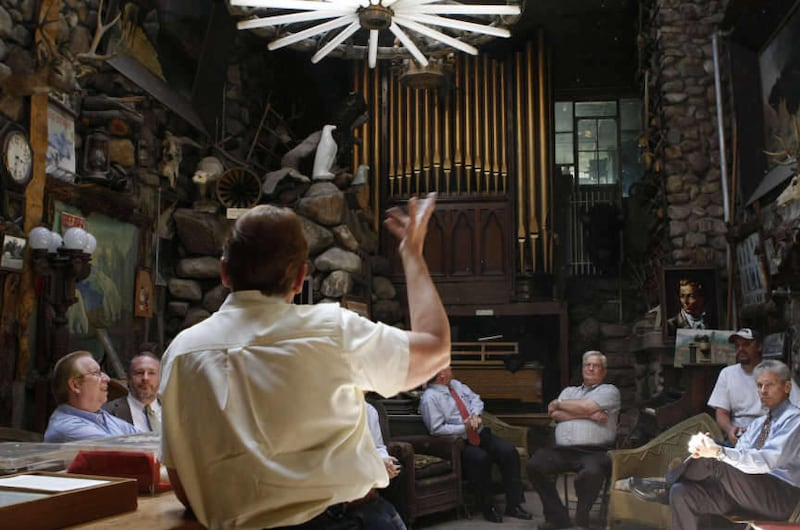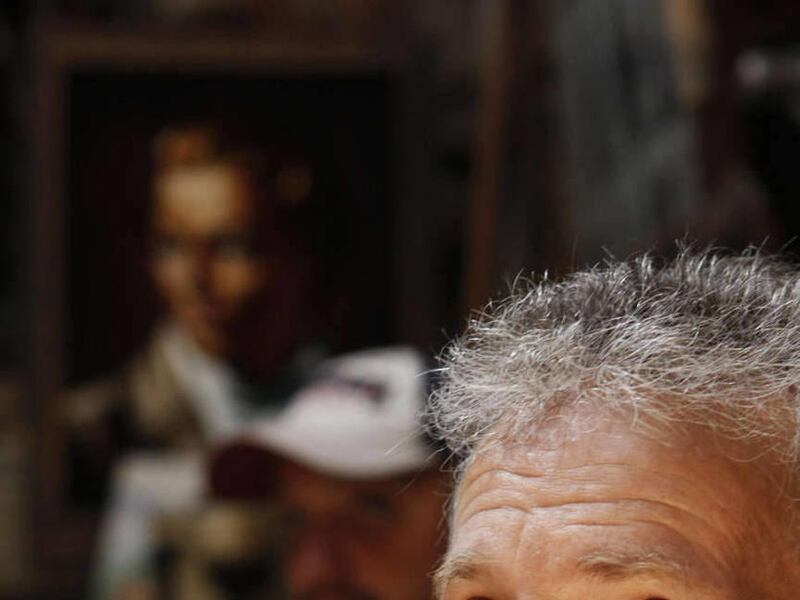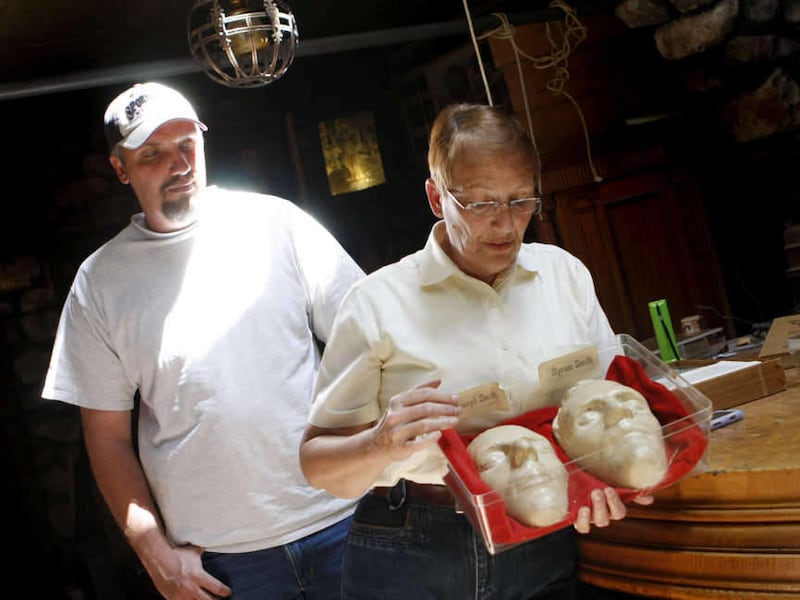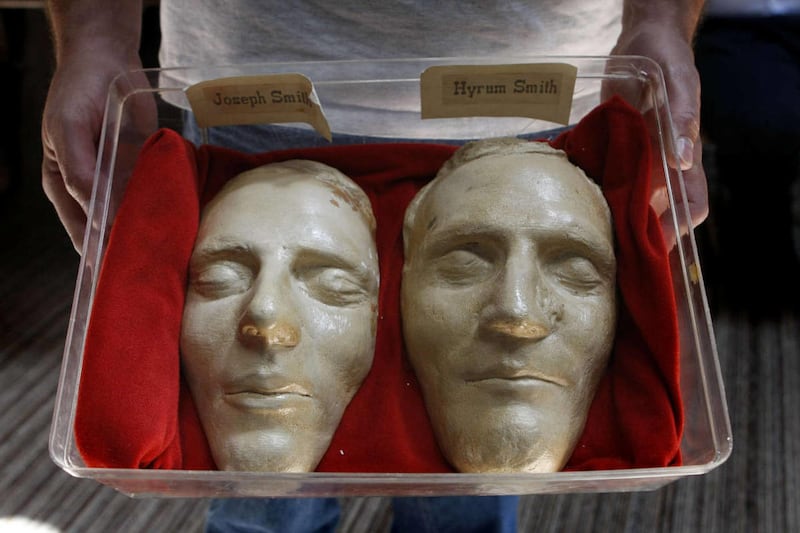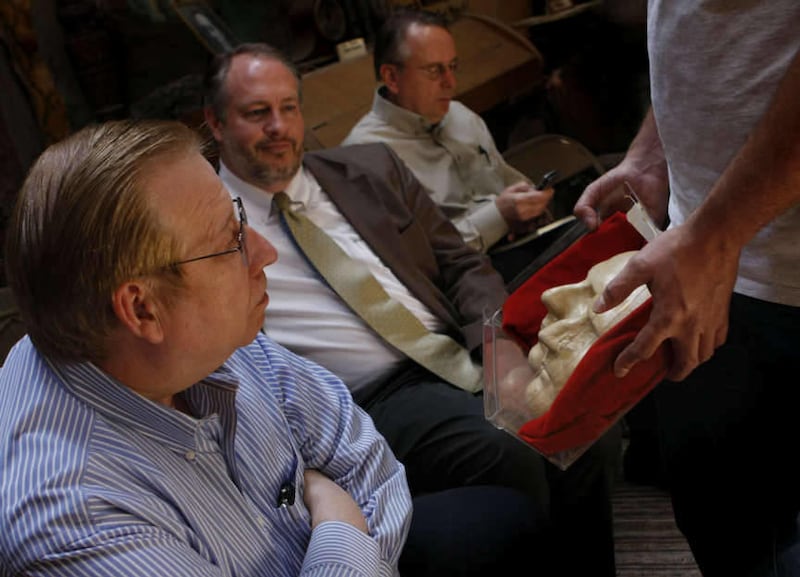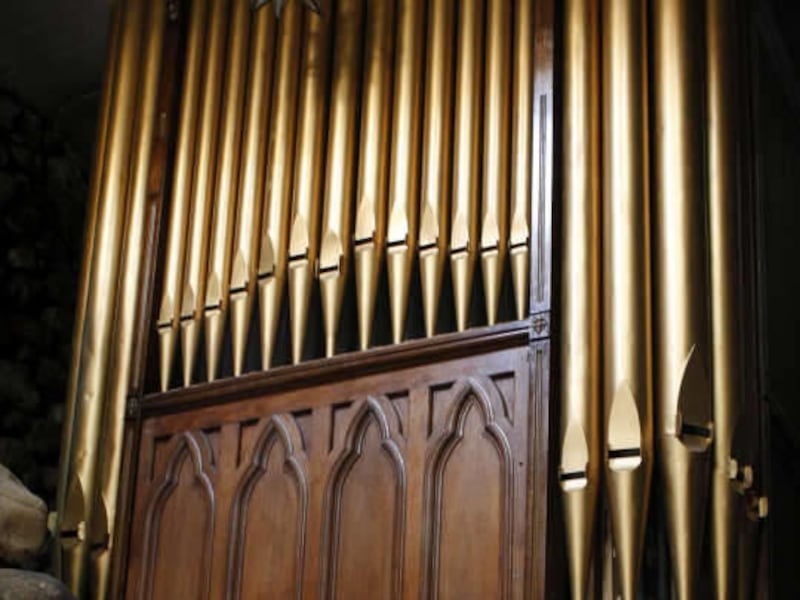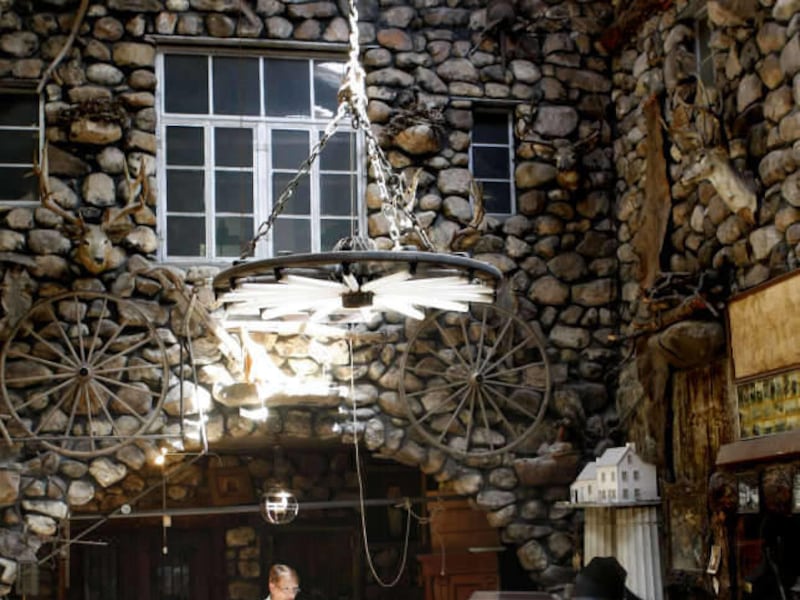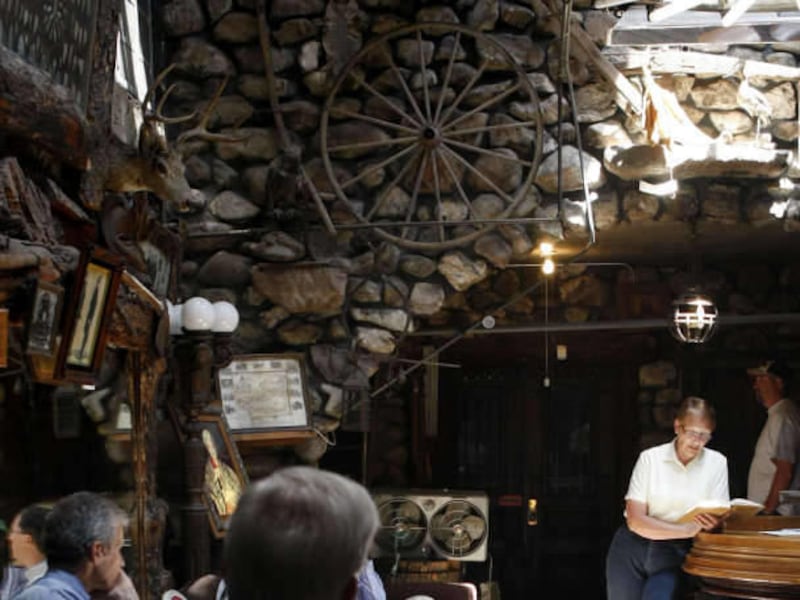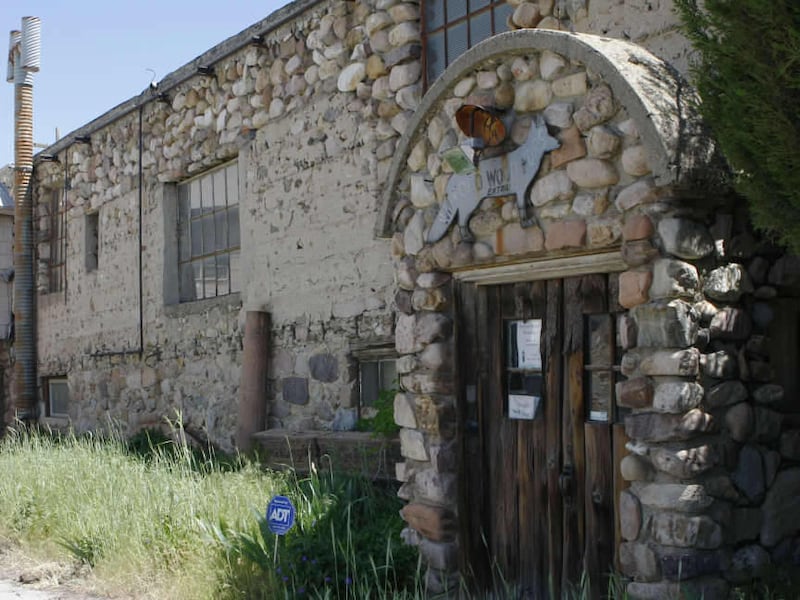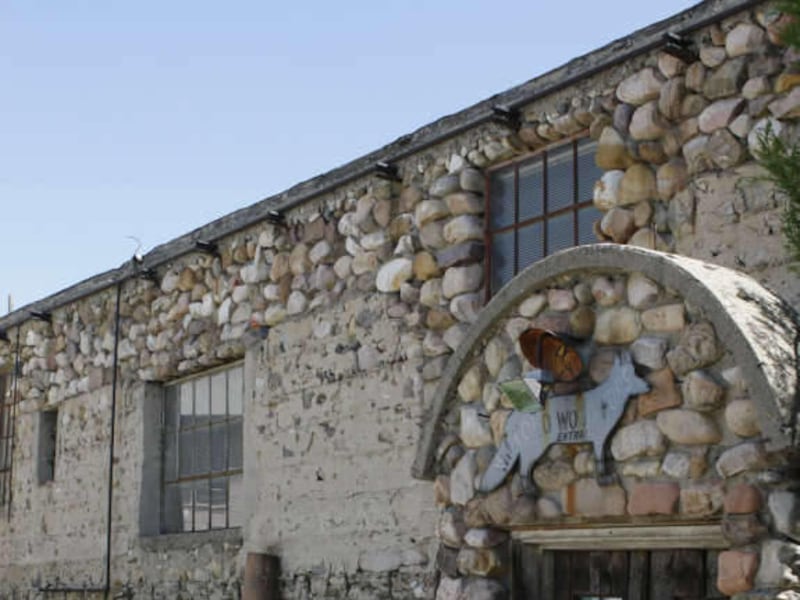Wilford C. Wood was frustrated. He had approval from the First Presidency of the LDS Church to buy a portion of the Nauvoo Temple block for $1,000 — not a small amount in 1937. The Bank of Nauvoo, however, informed him that $1,000 was just the opening bid amount. Although he was an experienced negotiator, he couldn't make any headway. Then, he felt the spirit of Joseph Smith fill the room.
Wood was ahead of his time in his love for the past. Long before it even occurred to other people that Mormon history sites would be worth preserving, he was actively, tirelessly and relentlessly pursuing the purchase and preservation of key LDS Church history sites — places where Mormons believe heaven reached down and touched earth through revelation to the Prophet Joseph Smith Jr.
"Brother Wood spent 50 years collecting and preserving everything he could that was connected with the life of Joseph Smith," LDS Church President Thomas S. Monson said recently at a dinner honoring Wood's life. "Brother Wood was not motivated by money … he did it for one purpose: He loved the Prophet Joseph and the Book of Mormon and he wanted to help preserve the things and places that had been part of Joseph's life."
Sheila Price, a granddaughter of Wilford C. Wood, said, "When my grandpa started to collect, nobody was interested in collecting anything about Joseph Smith or LDS Church history, so he was a little bit ahead of his time."
Wood's love for Joseph Smith and LDS Church history grew on his mission in 1915 to the Northern States Mission. "My grandfather gave away so many copies of the Book of Mormon he was given the nickname 'Book of Mormon Wood,' " said Wilford W. Cannon, another grandchild.
Wood knew about the attempts of his mission president, German E. Ellsworth, to acquire the Hill Cumorah. "He thought that the church ought to own more sites," Cannon said.
Wood decided to do something about it himself.
"Fortunately for the church," President Monson said, "Wilford felt the need to preserve the things of the past."
When Wood began looking for church history sites, the LDS Church did not own any site where a section of the Doctrine and Covenants had been revealed, according to Kenneth Mays, a trustee with the Mormon Historic Sites Foundation.
A furrier by trade, Wood took regular automobile trips to the East Coast to sell furs. Those trips were punctuated by side trips to church history sites where he identified potential purchases and became friends with the owners.
Wood's passion was deep — and often ahead of what the LDS Church could afford to buy. So more often than not, Wood bought property on his own and waited until the church was interested. Then he would sell it at or below his own costs.
Wood's patience was as deep as his passion. If the owners were not ready to sell, he would wait and watch. If they wouldn't sell to him, maybe their children would.
When part of the Nauvoo Temple block was put up for sale in 1937, Wood jumped on it. He gained approval from President David O. McKay, then second counselor to President Heber J. Grant, to pay the Bank of Nauvoo's asking price of $1,000. "They said, 'Mr. Wood you don't understand, it's an auction. The opening bid is $1,000. We expect to sell the property for much more than that,' " Cannon said.
They took a break in negotiations. "When they finished their break, Grandpa said he felt the spirit of Joseph Smith come into the room," Cannon said. "With that support he felt a little bold, and he said to the cashier of the bank, 'Do you expect us to pay an exorbitant price for the blood of a martyred prophet? You know this land rightfully belongs to the Mormon people, and we expect you to sell it to us for a fair price.' "
The bank relented and told Wood they would arrange to sell it for $900.
Wood didn't just acquire property. He also searched for church historical artifacts.
"Grandpa was quite the negotiator, and he made friends as soon as he walked through the door," Price said.
"Sometimes he would go into an antique store, and he would pick up just little stuff, and then he would put a pile of things on the counter and say, 'How much for all of this?' And somewhere in there would be a first-edition copy of the Book of Mormon or something valuable," Cannon said.
"And he'd pay $3 for it," Price said.
"Since he was stopping by regularly, he didn't want them to know what he was interested in and jack up the price," Cannon said.
"He was famous for the barter system. Back-and-forth. Back-and-forth," Price said.
Wood's hillside business and home soon were filled with artifacts. It literally became a museum he called "Mother's Home of Learning." President McKay dedicated it in 1961.
Some of Wood's greatest finds were the uncut sheets of the first edition of the Book of Mormon. His quest began, according to Price, in the 1950s when a young missionary from California told Wood about a woman he had met. She told the missionaries she did not need their Book of Mormon because she already had one. She showed the missionaries a wooden box that contained folded, but uncut, large sheets of the first edition of the Book of Mormon.
"Grandpa packed furs. Grandma packed clothes," Price said. "They jumped in their station wagon and they drove to Santa Barbara."
The woman allowed Wood to see the box. At first she was reluctant to let him unscrew the glass box top to see the sheets, but soon she warmed up, and he was able to verify what they were. Each sheet contained 16 pages — eight on each side.
"Grandpa offered the lady a very beautiful fur coat, less than $1,000, and he walked out of there with the uncut sheets, the printer's copy of the Book of Mormon," Price said.
Wood wanted more people to see an original 1830 edition of the Book of Mormon and decided to print some himself using the uncut sheets to re-create them. President Monson, who was then assistant general manager of the Deseret News Press, helped Wood. Wood titled the reprint "Joseph Smith Begins His Work."
While printing, large stacks of unfinished pages were to be left in the printing plant over the weekend.
"The plant was securely locked, and we had security assigned to guard it. Brother Wood, however, did not want anything to happen to those pages," President Monson said. "He suggested the bright idea of members of his high priests group to come to the plant and set guard over the large stacks, fearing that something might happen to them before they could be printed on the other side. Initially, he wanted these high priests to bring shotguns 'just in case.' I told him he could bring his high priests but not their guns."
Wood died relatively suddenly at the age of 74 on Jan. 17, 1968. "He hadn't planned on dying," Price said.
It was as an energetic life interrupted.
"He was one of a kind. But what a man. What a man was Wilford Wood," President Monson said. "I think God threw away the mold from which Wilford C. Wood was made."
The man who spent his life and his fortune in preserving church history had now become church history himself.
Historical sites acquired by Wilford C. Wood
Liberty Jail in Liberty, Mo.
The tower hill area of Adam-ondi-Ahman in Missouri
Aaronic Priesthood restoration site in Harmony (now Oakland), Pa.
The Newel K. Whitney Store in Kirtland, Ohio
John Johnson home and farm property in Hiram, Ohio
Martin Harris farm property in Palmyra, N.Y.
Times and Seasons building in Nauvoo, Ill.
John Taylor home in Nauvoo, Ill.
Erastus Snow property in Nauvoo, Ill.
Most of the temple block in Nauvoo, Ill.
Artifacts
The original "Nauvoo clay" casts of the death masks of Joseph and Hyrum Smith
Original uncut sheets of the 1830 edition of the Book of Mormon
Salt Lake Tabernacle pulpits
Original Tabernacle organ pipes
A Book of Abraham manuscriptHeady
Text

